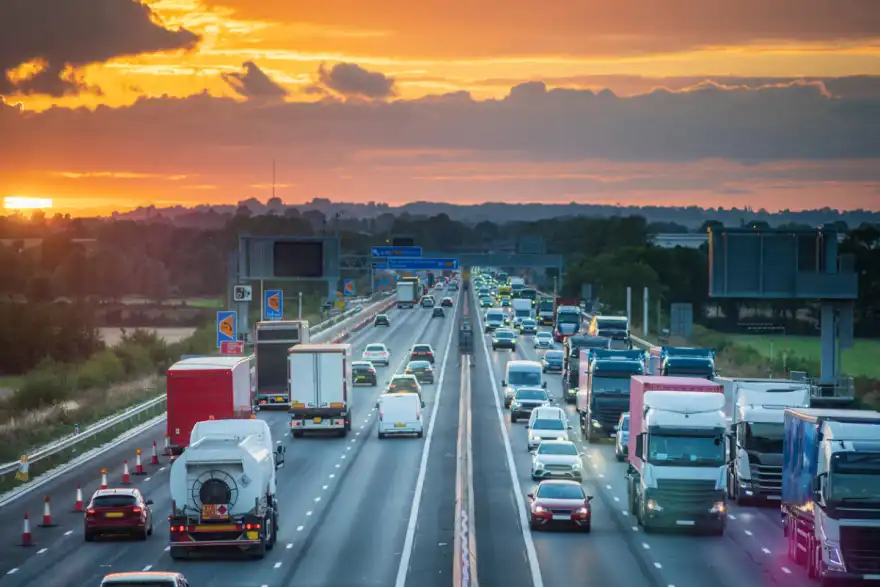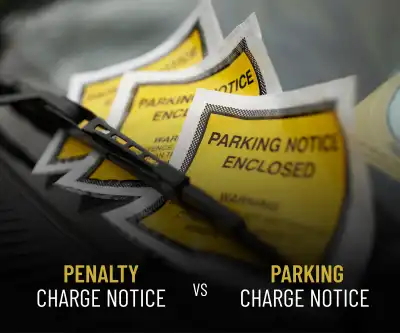
Journey times on major UK roads have gone up significantly over the past year, with delays increasing by an average of 11% compared to 12 months ago, now surpassing pre-pandemic levels.
According to new data from the Department for Transport, the average delay across the Strategic Road Network (SRN)—a network of 4,500 miles of motorways and A-roads managed by National Highways—has grown to 11 seconds per mile between June 2023 and June 2024. That's an 11.1% rise year-on-year.
During the same period, the average speed on SRN roads fell by 1.9% to 56.5 mph, the slowest it’s been in over a decade, leading to longer journey times. On local A-roads, which aren’t managed by National Highways, speeds dropped by around 1% to 23.6 mph, with delays increasing by 1%. On these roads, if you’re stuck in traffic, the average delay is now 45.7 seconds per mile compared to free-flowing conditions.
Simon Williams, head of policy at the RAC, called the statistics "worrying," especially since road traffic hasn’t yet fully returned to pre-pandemic levels.
Even though fewer cars are on the road compared to before the pandemic, delays are still increasing. For context, SRN delays were about nine seconds per mile in the year leading up to June 2019—roughly 18% better than today’s figures. Average speeds on SRN roads were also faster in 2019, sitting at 59 mph, 2.5 mph more than the 2024 average.
Williams added, “Whatever the cause, delays can be frustrating and costly, so we look forward to further details from the Government about where it is focusing its road spending for the duration of this Parliament.”
The Government is expected to address fuel duty in the upcoming Autumn Budget, likely removing the 5 pence cut that was in place. Transport Secretary Louise Haigh has also shared Labour’s plans to fix up to a million more potholes each year, aiming to save drivers money by reducing repair costs, while also giving councils long-term funding to maintain roads.




